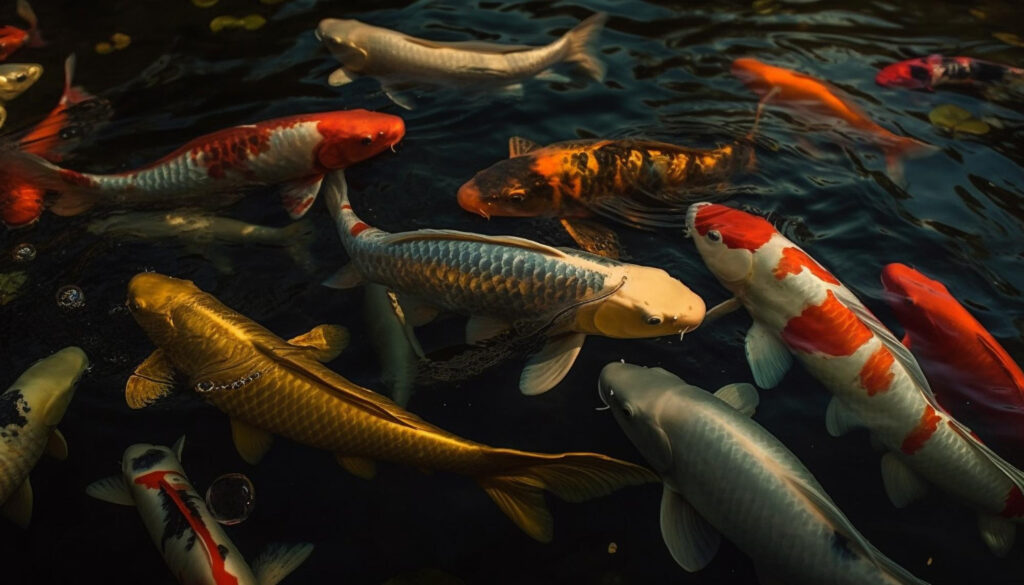The process of choosing and differentiating Koi varieties demands a nuanced understanding of their unique characteristics, encompassing factors such as color, pattern, body shape, and behavioral traits.

Understanding Color Significance
Delving into the world of Koi selection begins with comprehending the significance of colors. Recognizing the meanings attached to different hues assists enthusiasts in choosing breeds that align with personal preferences and cultural symbolism.
Pattern Recognition Expertise
Mastery in selecting Koi involves the art of pattern recognition. Differentiating between traditional Kohaku patterns, the captivating Asagi netting, or the striking Sanke markings requires a keen eye for detail and an appreciation for the intricacies of each design.
Grasping Body Conformation
Discerning body shapes is a crucial aspect of breed selection. Whether opting for the elegance of the Hikarimono or the robust physique of the Chagoi, understanding how body conformation contributes to the overall appeal aids in making informed choices.
Behavioral Insights
Choosing the right Koi also involves observing behavioral traits. While the vibrant Showa may showcase active movements, the serene Bekko might exhibit a more laid-back demeanor. Recognizing these behavioral nuances enhances the connection between enthusiasts and their aquatic companions.
Balancing Aesthetics and Harmony
Ultimately, the art of Koi selection is a delicate balance between aesthetic preferences and the desire for a harmonious community. Enthusiasts must navigate the vast array of breeds, finding the perfect blend that resonates with their individual tastes and contributes to the overall aesthetic balance within their pond.
In summary, the principles of choosing and distinguishing Koi varieties go beyond mere visual appeal, requiring a holistic understanding of their cultural significance, pattern intricacies, body shapes, and behavioral dynamics. This guided journey ensures enthusiasts select breeds that not only captivate the eye but also harmonize seamlessly within their aquatic landscapes.
Last modified: 20 February, 2024

